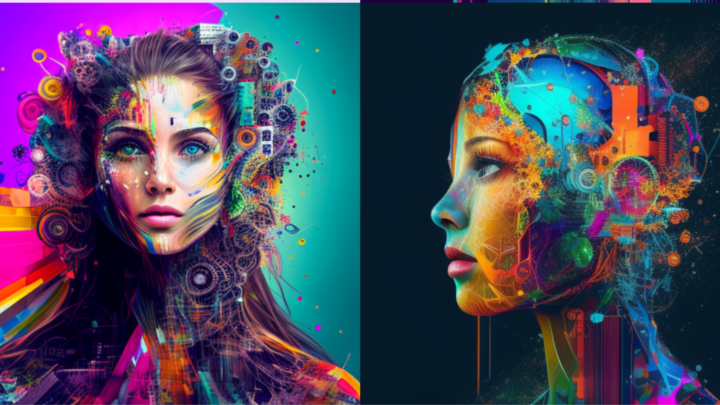Introduction
Art design is everywhere—from the posters on your walls to the logos on your favorite brands. But what exactly is art design, and why does it matter? Whether you’re an artist, a business owner, or just someone who loves beautiful things, understanding art design can help you appreciate the creativity behind visuals.
In this blog post, we’ll break down:
- What art design is
- Why it’s important
- Different types of art design
- Tips for creating stunning designs
- How art design impacts daily life
By the end, you’ll see the world a little differently—through the lens of design!
What Is Art Design?
Art design is the process of planning and creating visual content to communicate ideas, emotions, or messages. It blends creativity with strategy to make things not just pretty, but meaningful.
Think about:
- A logo that makes a brand instantly recognizable
- A poster that grabs your attention from across the room
- A website that’s easy and enjoyable to use
All of these involve artdesign.
Why Is Art Design Important?
Good design isn’t just about looking nice—it solves problems. Here’s why it matters:
✅ Communicates Clearly – A well-designed image can explain complex ideas simply.
Creates Emotional Connections – Colors, shapes, and fonts make us feel things (like trust, excitement, or calm).
✅ Boosts Business Success – Great design attracts customers and builds brand loyalty.
Makes Life Easier – Ever used an app that just works? That’s good design.
Types of Art Design
Artdesign comes in many forms. Here are some common ones:
1. Graphic Design
- Logos, posters, social media graphics
- Uses software like Adobe Photoshop or Canva
2. Web Design
- Focuses on user-friendly and attractive websites
- Combines visuals with functionality
3. Illustration
- Hand-drawn or digital artwork for books, ads, or animations
- Think children’s books or comic strips
4. Interior Design
- Arranges spaces to be both beautiful and practical
- Picks colors, furniture, and lighting to set the mood
5. Fashion Design
- Creates clothing and accessories with style and purpose
- Balances trends with comfort
Tips for Creating Great ArtDesign
Want to improve your design skills? Try these tips:
🎨 Keep It Simple – Less clutter = more impact.
Use Colors Wisely – Different colors evoke different emotions (e.g., blue = trust, red = energy).
Pick the Right Fonts – Fancy fonts are fun, but readability matters most.
🎨 Balance Elements – Arrange text, images, and space harmoniously.
Get Feedback – Ask others what they think—fresh eyes catch mistakes.
How Art Design Affects Everyday Life
You might not realize it, but artdesign shapes your daily experiences:
- Shopping – Packaging design influences what you buy.
- Social Media – Eye-catching posts get more likes.
- Public Spaces – Well-designed parks and buildings make cities more enjoyable.
Good design makes life smoother and more beautiful—sometimes without us even noticing!
Conclusion
Art design is more than just making things look good—it’s about solving problems, telling stories, and creating connections. Whether you’re designing a logo, decorating a room, or just scrolling through Instagram, understanding design helps you see the world in a whole new way.
Want to try your hand at design? Start small—play with colors, experiment with layouts, and most importantly, have fun!
FAQs About Art Design
1. Do I need to be an artist to learn art design?
Nope! Design is about creativity and problem-solving. Anyone can learn with practice.
2. What’s the best software for beginners?
Canva is super user-friendly. For more advanced work, try Adobe Illustrator or Photoshop.
3. How do I choose the right colors for my design?
Look up color psychology—different colors create different moods. Or use free tools like Coolors.co for inspiration.
4. Can bad design hurt a business?
Absolutely! Poor design can make a brand look unprofessional or untrustworthy.
5. Where can I find design inspiration?
Pinterest, Behance, and even nature are great places to start!
Got more questions? Drop them in the comments—we’d love to help!
By keeping this guide simple, practical, and engaging, it’s designed (pun intended!) to rank well on Google while actually helping readers. Happy designing!
